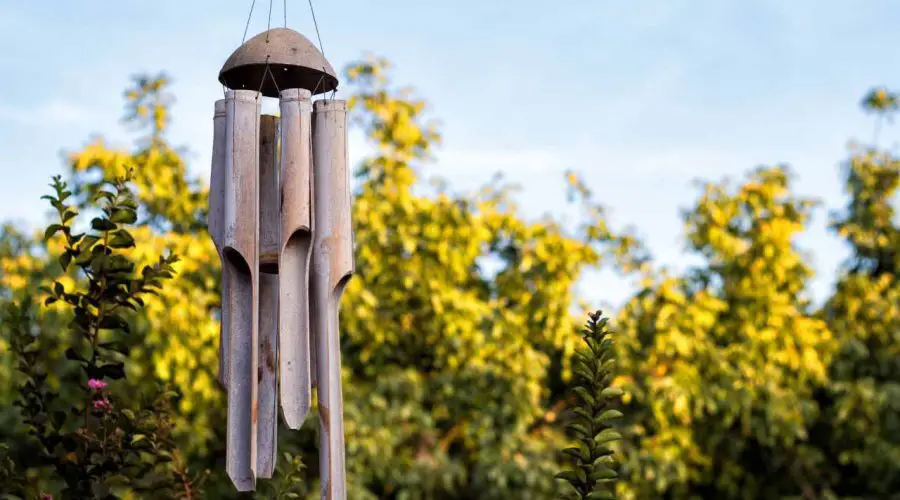Wind Chimes in Feng Shui: Types of Wind Chimes as per Vastu Shastra
Many homes today value and practise feng shui, the Chinese art of the environment. A significant component of feng shui is the chimes. The most well-liked Feng Shui item in India nowadays is the wind bell. In our neighbourhood, windchimes are hung from numerous residences, and practically every gift shop carries them as well. In India, wind chimes are now the most widely used Feng Shui wind bell. In our neighbourhood, there are numerous residences with wind chimes hanging, and practically every gift shop also carries the item.
The invention of the bamboo instrument—often referred to as a flute or a set of bamboo pipes—to which unique mathematical calculations were applied in order to make the music harmonious with the universe is linked to the Huang Di emperor, who ruled between 2698 and 2598 BC. The emitted pure sounds were intended to balance the cerebral hemispheres. In order to activate creativity and intuition, The Chimes’ sound is directly conveyed to the right hemisphere of the brain. In the eastern and southern regions of Asia, from Bali to Tibet and Japan, their widespread use became more widespread. When it was really windy, the Buddhists would hang tens of thousands of beautifully adorned Feng Shui Wind Chimes from the eaves of their temples, producing a sound that was nearly deafening.
The Feng Shui Wind Bell became popular in China and Japan as a way to decorate both homes and temples. The Feng Shui Wind Chimes would be introduced to the Western world in the latter half of the 1800s, as Asian art and philosophy began to make a bigger impression in Europe and America. The bells are now well-known and in use all throughout the world, and many people consider them lucky. Metal, wood, ceramic, and glass are just a few of the materials used to make wind chimes.
Metal Feng Shui Wind Chimes:
- The Feng Shui wind chimes are thought to draw luck to homes and businesses. They specialise in dispersing energies across your structure or property.
- Metal wind chimes for feng shui, including those made of steel, aluminium, silver, copper, brass, and bronze, have a highly lively tone.
- Areas with a heavy metal element have bad feng shui (Northwest and West).
- In your home’s west and northwest metal directions, hang metal wind chimes.
Wooden Feng Shui Wind Chimes:
- A variety of woods, including bamboo, are used to create wind chimes.
- Hollow bamboo sticks make a soft clacking sound when they collide, deflecting negative energy.
- The feng shui wind chimes promote peace, security, and a sense of well-being.
- It is good to install a wood chime in a child’s bedroom since the quiet music it produces calms and relaxes.
- The ideal wind chime material for outdoor installation is bamboo.
As the Southeast and East are connected with tree or wood energy, utilising wood chimes is said to be the most effective approach to activate the energy of chi in this area. - Bamboo/Wood chimes function best in the southern, south-eastern, and eastern areas of your home.
Pottery Feng Shui Wind Chimes:
- Made of glass or ceramic The west, northwest, southwest, and northeast all have ceramic or clay chimes that can be heard.
- Ceramic wind chimes can be placed in the home’s northeast (luck for knowledge), southwest (luck for love and passion), and centre (luck for health). These are the areas of energy on Earth.

